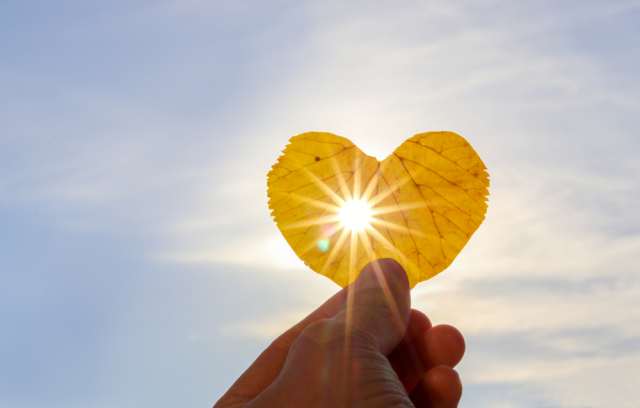With ionization, the air indoors is purified in the same way that nature purifies outdoor air. The result – a cleansing inhalation.
Cleaner air with ionization
When we add energy to the air, we set off a lot of electrons that move and form oxygen ions. Forming oxygen ions technically is something that humans have mimicked from nature's own way of purifying the air. The oxygen clusters formed by ionization have proven positive health effects. They incapacitate a variety of particles, allergens, viruses and bacteria, while breaking down substances that give bad odors.
Thus, by adding oxygen ions that form oxygen clusters, we get not only clean, but perhaps above all purifying air. The indoor air is purified in the same way as in nature. In ionized premises, particle levels are often lower and cleaner than in the outdoor air, especially in cities.
Different buildings and activities can have problems with bad smell and bad air, with pollution as a result – so-called sick building syndrome. Then ionization is an extra good option.
Different uses
There are many practical uses of ionization as an air purifier. All premises or properties would benefit from its effects.

The history of ionization
Albert Einstein suspected at the turn of the century that it was not ozone that made his lung-sick relative healthy, as was claimed during his stay at the sanatorium in the Swiss Alps. It prompted Einstein to start researching the light absorption of oxygen.

How ionization happens
EKOion's products mimic nature's own method of ionization.

Important with good indoor air
You know that an adult breathes about 25 kilos or 20,000 gallons of air a day? Or that we Swedes spend 90 percent of our time indoors? That's why it's so important for us to have clean and fresh indoor air, both at home and in our workplaces.